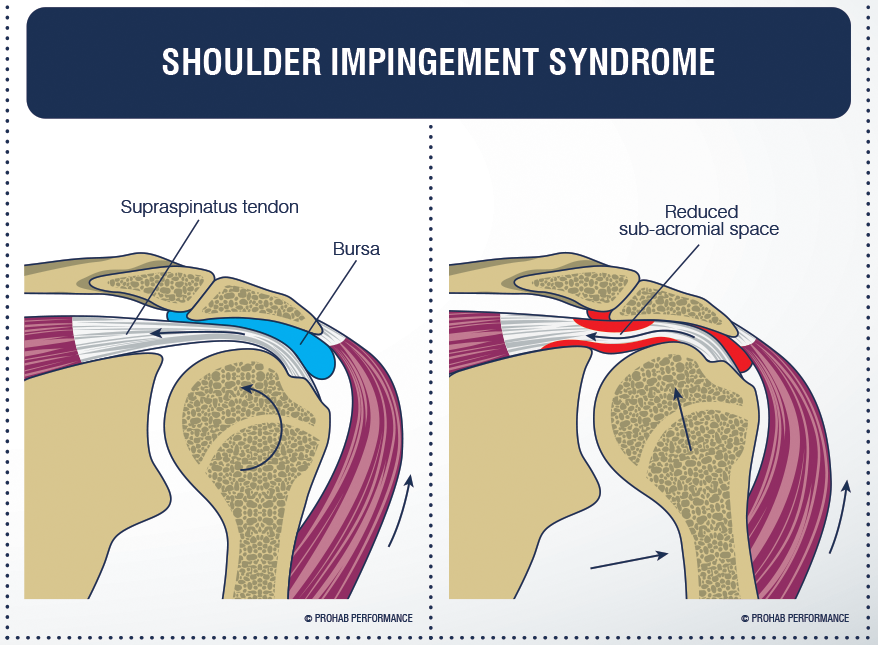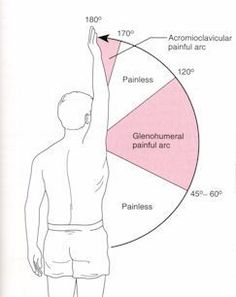There were rumors over the summer – after the draft – from Sixers personnel and other observers that Fultz was trying to change the form on his jumper.
We all became witness to that altered form in the pre-season:
Personally, I was confident that this change was due to a pain-related issue. Eventually the Sixers medical staff diagnosed Markelle with a scapular imbalance leading to a shoulder impingement.
He began a rehabilitation process and recently we saw some more video of his jump shot:
Clearly, his form is still different than where it was before. The release point is lower and the fluidity of the shot is inconsistent. This has caused a lot of trepidation and anxiety amongst Sixers fans, Fultz supporters, and anyone who simply wants to see a talented kid meet his potential.
However, based on his diagnosis, how it relates specifically to the mechanics of his jump shot, and then applying the principles of pain science and neuro-motor learning – this all adds up.
To connect those dots, lets start with understanding the actual diagnosis.
(If you’d prefer to watch the vlog – Click here. If not, carry on!)
Scapular muscle imbalance and shoulder impingement
The scapulae, or shoulder blades, are partly responsible for shoulder movement. Whenever you move your shoulder, your scapulae also move.
This is referred to as “scapula-humeral rhythm”. The general rule of thumb is that for every 2 degrees of shoulder (aka gleno-humeral) joint motion, there’s 1 degree of scapular motion.
I like to say “the scapula sets the stage for shoulder motion.”
In fact, research has shown that over 68% of people with shoulder impingement also have a scapular dyskinesis –the scapula is not moving appropriately.
In Markelle’s case, that dyskinesis was due to a scapular muscle imbalance – which is the most common cause.
So why does scapular dyskinesis lead to shoulder impingement?
The key to understanding that is this – the gleno-humeral joint is an anatomically rich but anatomically narrow space:
Due to the limited space, the head of the humerus, the bone of your upper arm, doesn’t have much of a margin to play with during movement.
When the muscles responsible for gleno-humeral motion are out of balance, the humerus runs the risk of pinching on a structure and causing pain.
In Markelle’s case, his scapular muscle imbalance is causing his scapula to not move appropriately causing his humeral head to not move appropriately causing it to impinge on a structure. Here’s a visual:
Relating Markelle Fultz’s diagnosis to the mechanics of a jump shot
Impingment directly affects a jump shot because:
- It most often occurs in the range of 60 to 120 degrees of shoulder arc motion
-
it’s exacerbated by internal rotation of your humerus – think turning your palm down and/or moving your forearm toward your trunk while while keeping your elbow stationary.
Most jump shots – especially in Markelle’s case with his high release – definitely go through that 60 to 120 degree range and the shoulder is internally rotated the entire time – your hand is palm down on the ball and your forearm moves toward the trunk on the gather.
Based on that, it makes sense that his symptoms were being exacerbated every time he attempted a jumper and therefore he tried to change his form to avoid that pain response.
Markelle Fultz’s current form and the questions surrounding it
When watching the new video of him shooting, his release point is still considerably lower than where it was and he’s lacking fluidity on the overall motion.
The former aspect is far more concerning to me than the latter.
That lowered release point tells me that he’s still trying to avoid that over-head motion. The Philly rehab team has said his scapular imbalance is now corrected so assuming that’s correct, what is going on?
This is where pain science comes into play.
Pain is actually an “experience”, it’s multi-factorial and not simply just because you have a physical issue. The brain uses pain as an alert signal to say “hey, don’t do that, it’s dangerous!”
The brain can interpret movements as threatening and dangerous far after all physical issues have been resolved, resulting in a pain response. That is the basis for understanding chronic pain.
The following visual is a simplified but effective overview of the brain’s perception of threat or danger:
For Markelle, it could very well be the case where even though his scapular muscle balance has been restored, his brain continues to interpret that overhead motion as dangerous and therefore he continues to anticipate pain – resulting in the continued use of a lower release point.
Lets now move on to the fluidity of his jumper, or lack thereof.
Above I wrote that the fluidity of the motion isn’t concerning to me. The reason for that is because this lowered release point jumper is a new motor pattern for Markelle.
He probably worked on a high release jumper for most of his life and that became his ingrained baseline neuro-motor pattern. When you try to change a deeply ingrained gross motor pattern, the beginner (cognitive) and intermediate (associative) stages of that change are inherently characterized by inconsistency and a lack of fluidity.
Here’s an overview of the stages:
The mistakes are actually quite important because they allow for self-corrections and for your neuro-motor pathways to eventually solidify so you can get to the advanced (autonomous) stage which is characterized by fluidity of motion. Like anything else in life, mistakes are the greatest learning experience.
So what does this all mean for Markelle going forward?
It’s impossible to give a definitive answer on this because I’m not privy to convos with Markelle but I have two scenarios in mind here:
- The current form of his jumper is him trying to work through the aforementioned neuro-cognitive pain association and he’s trying to get back to that high release point. This is based on looking at the progression his form has made from pre-season to now.
- He’s permanently trying to change his form to a lower release point.
In scenario, #1, he has to slowly and incrementally increase the release point of his jumper – it’s like convincing your brain that “hey, it’s ok to do this motion. It’s not dangerous”.
It’s not an easy task but as someone who has worked with individuals dealing with far worse pain feedback loops, I can say that it’s certainly doable when done with the right approach and patience.
In scenario #2, he’s trying to learn a new jumper. There are multiple examples of this – the most salient and recent for me being Brandon Ingram – and it takes a lot of time, energy, and repetitions to do it.
In either case, time and patience is required but I do believe he will work his way through this. Whether it’s scenario 1 or 2, only time will tell.
Thanks for reading and I hope this provided some insight into the web that is Markelle Fultz’s jumper…and hopefully some respite for hyper-ventilating Sixers fans.
Fed up with aches, pains, injury, or stress? We’d love to help. Click the button below to discuss your questions & issues with our Doctor of Physical Therapy. Together, we’ll come up with a game plan to reach & surpass your goals.






Hey man – appreciate the thought. Email me at rsbrar@3cbperformance.com